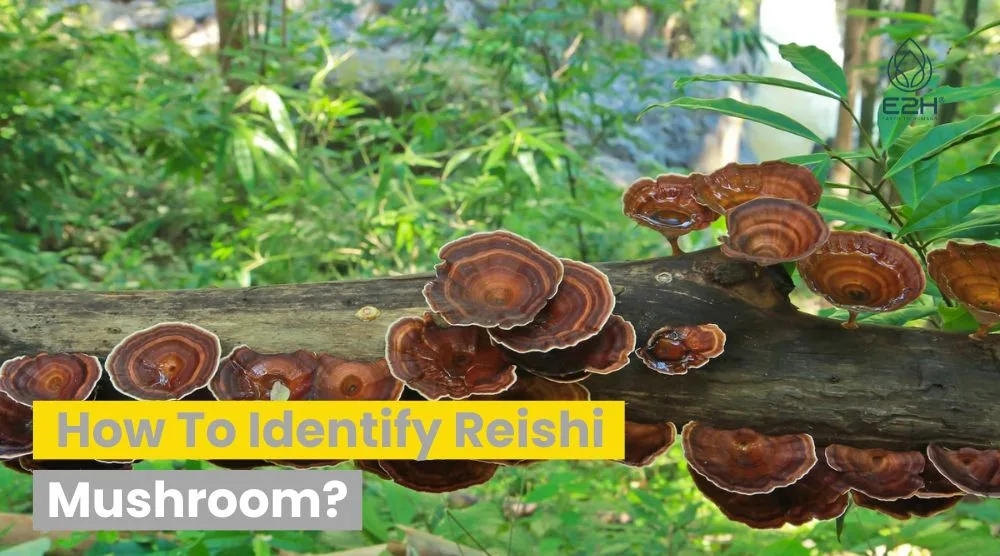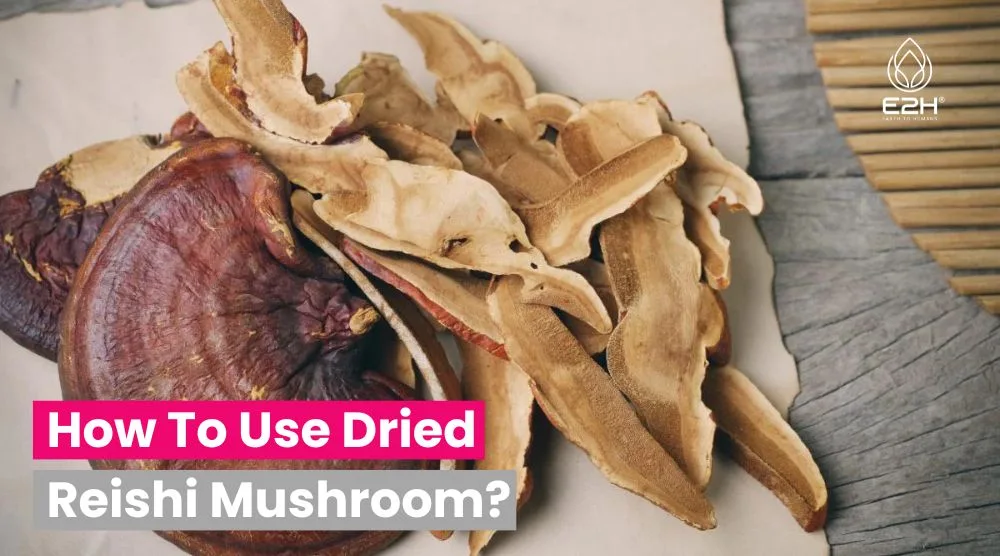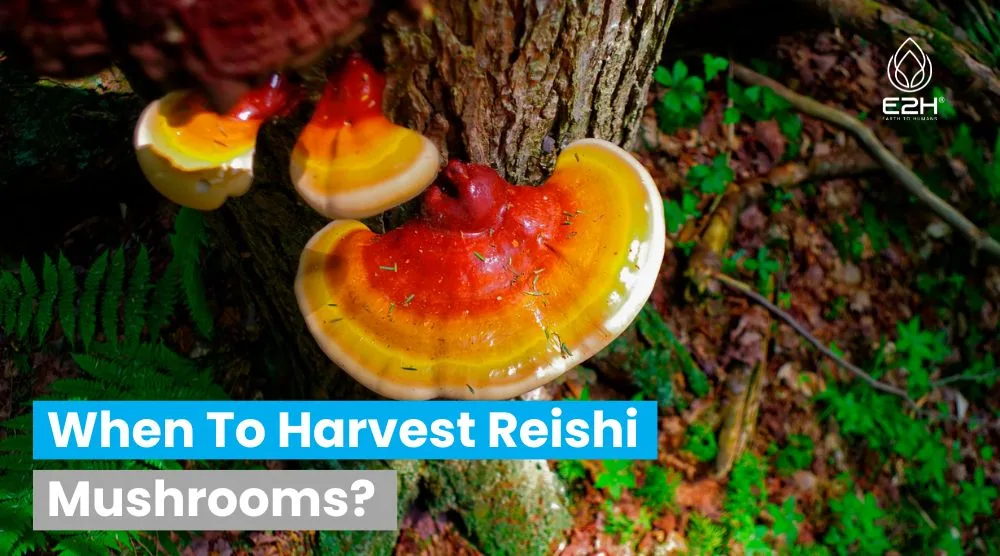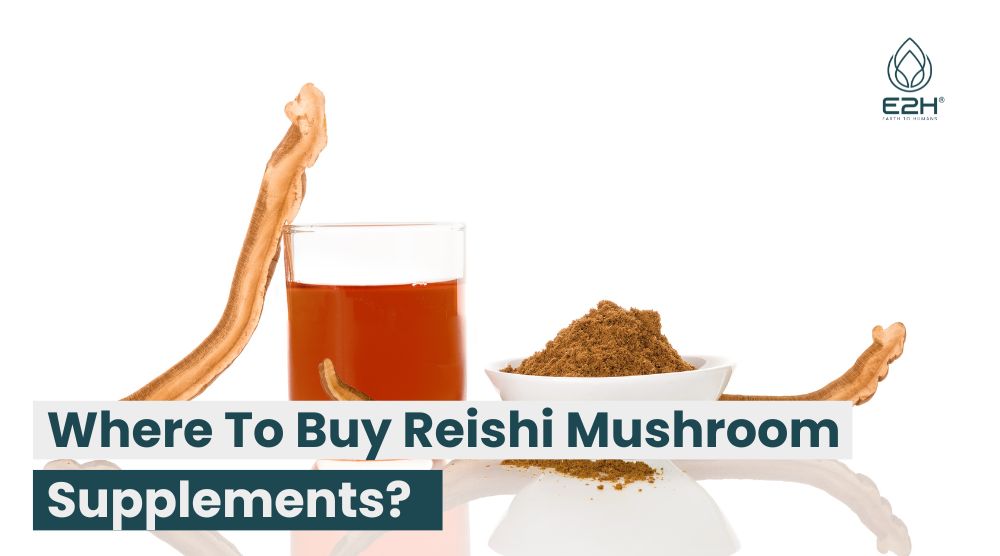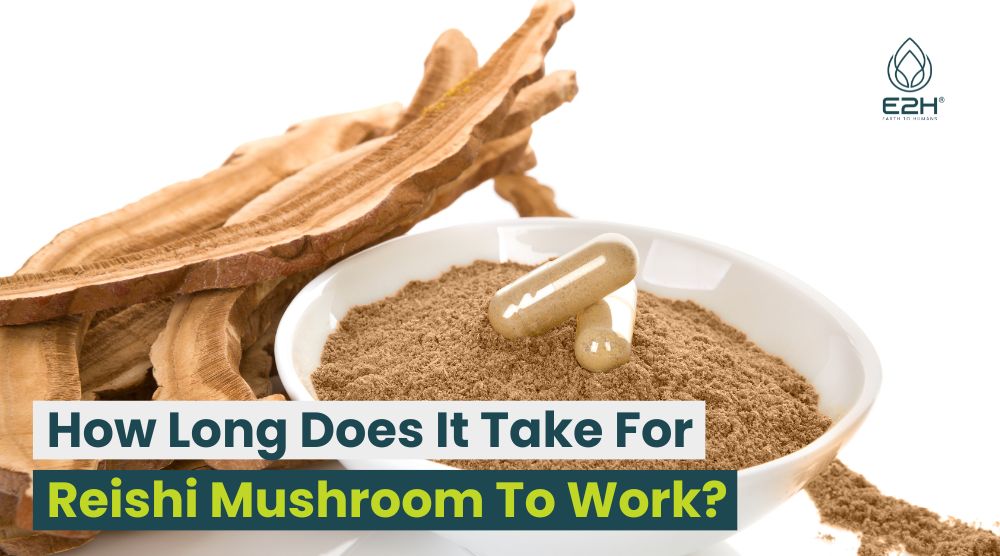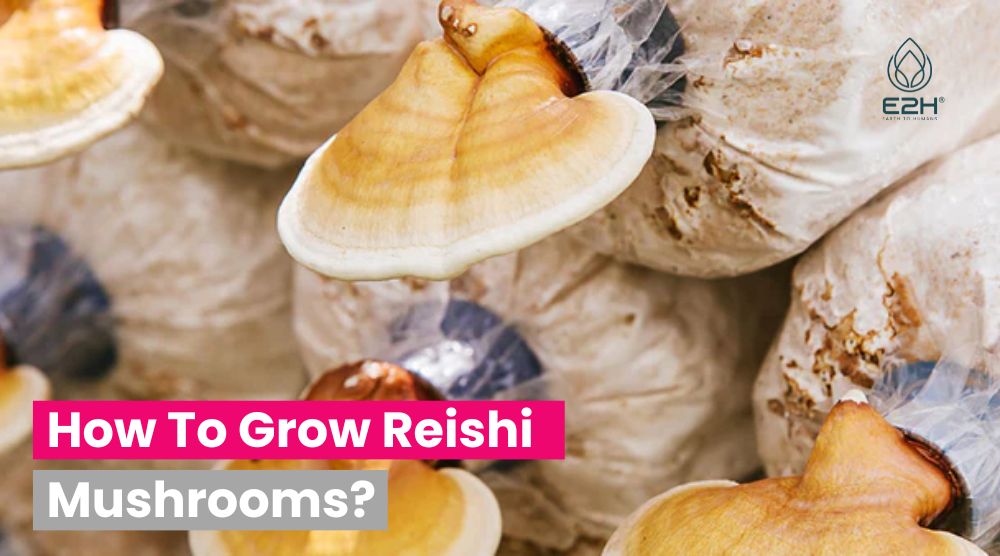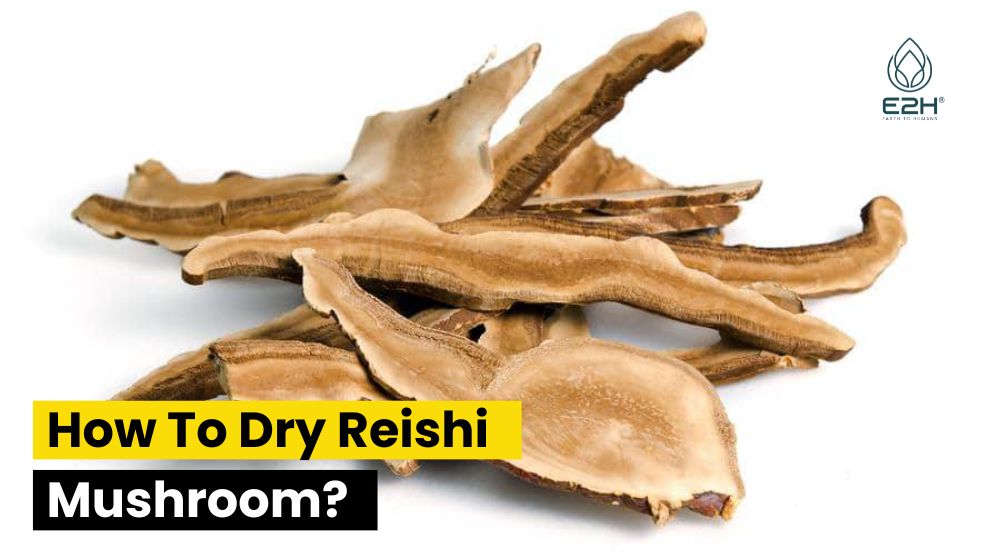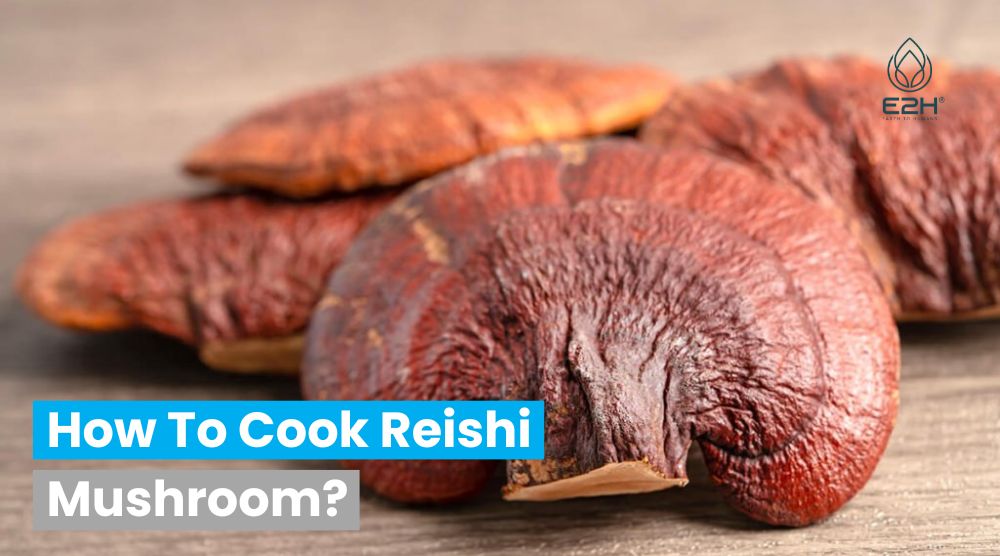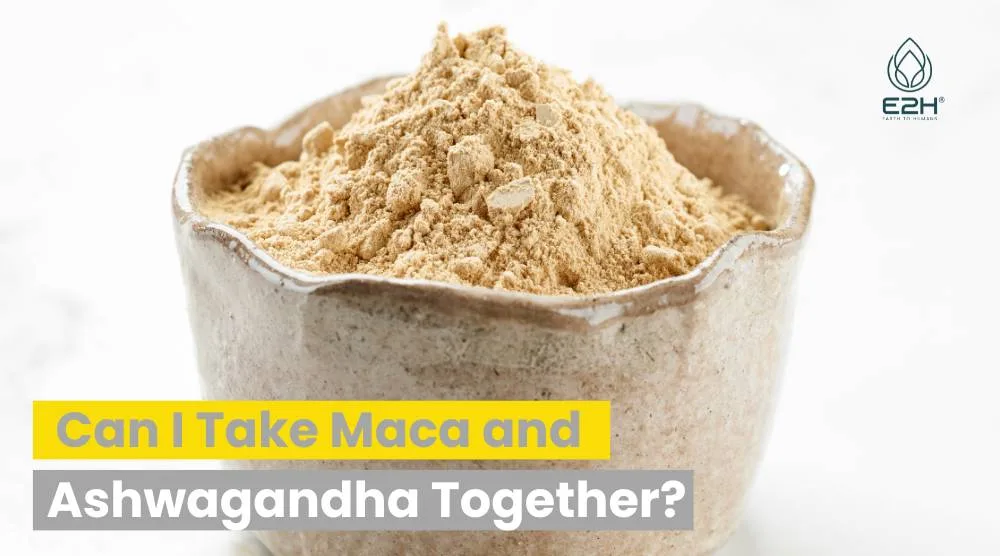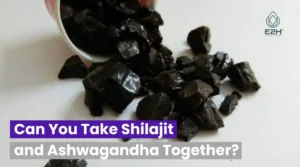How To Identify Reishi Mushroom: Recognize them by their shiny, reddish-brown caps, white sturdy stems, and pore-filled undersides. Found on wood near tree bases, these special fungi prefer hardwoods.
What are the characteristics used to identify reishi mushrooms?
Reishi mushrooms are a type of edible fungi that have many health and other medicinal compounds and benefits. They are also known as lingzhi, or the mushroom of immortality, in Chinese culture. Reishi mushrooms can be identified by their appearance and habitat. Here are some characteristics to look for:
- Reishi mushrooms showcase caps shaped like kidneys or fans, exhibiting a glossy, reddish-brown appearance reminiscent of varnish.
- Their stems are white, possessing a woody, thick, and often tough texture.
- Instead of gills, Reishi mushrooms have pores located on the underside of their caps.
- These mushrooms exclusively grow on wood, stumps, and logs, typically at the base of living or deceased trees.
- They favor hardwood surroundings over coniferous habitats.
- When bruised or cut, Reishi mushrooms emit a strong, woody aroma.
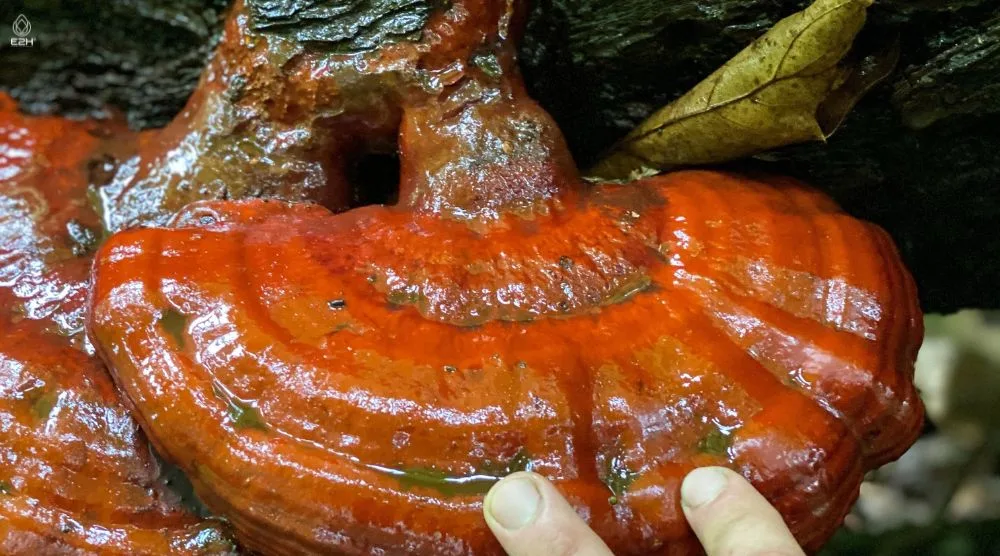
what do reishi mushrooms look like?
Reishi mushrooms, a kind of polypore fungus, thrive on decaying trees, old stumps, and logs. They’re saprotrophic, meaning they nourish themselves by breaking down dead organic matter. Reishi mushrooms stand out with their glossy, varnished caps, ranging from reddish-brown to black.
These kidney or fan-shaped caps can reach up to 14 cm in length and 3 cm in thickness. Their distinctive shiny, red-brown cap is a key feature for identification.
However older Reishi mushrooms have different species and are found worldwide, including specific ones in North America. Identifying them often relies on location and, sometimes, DNA analysis to be certain about the type you’ve come across.
Reishi Mushroom all Species: A to Z
- Agaricus blazei: Also known as the Brazilian mushroom, Agaricus blazei is revered for its potential immune-boosting properties. Rich in beta-glucans, it activates immune cells, enhancing the body’s defense against infections.
- Ganoderma lucidum: Commonly known as Reishi, this mushroom holds a revered status in traditional Chinese medicine. It boasts anti-inflammatory and antioxidant properties, promoting overall well-being and immune system support. Reishi is a medicinal mushroom often consumed in various forms, such as extracts or teas.
- Lingzhi (Ganoderma lingzhi): Another name for Reishi, Lingzhi has been used for centuries in Eastern medicine for its potential health benefits. It is believed to support heart health, alleviate stress, and enhance longevity.
- Shiitake (Lentinula edodes): While not a Reishi mushroom, Shiitake deserves mention for its medicinal value. Packed with vitamins and minerals, it supports immune function and exhibits potential antiviral properties.
- Trametes versicolor (Turkey Tail): Known for its distinct appearance resembling turkey tail feathers, this mushroom contains polysaccharopeptides believed to support the immune system, making it a subject of interest in cancer research.
How can I tell if a reishi mushroom is edible or poisonous?
Reishi mushroom also have some potential side effects and interactions with other species, so it is important to know how to identify and consume them safely. Here are some tips on how to tell if a reishi mushroom is edible or poisonous:
Observation of Color and Shape:
- Carefully inspect the Reishi mushroom for color and shape variations, such as red, blue, purple, white, or yellow.
- Recognize the red Reishi (Ganoderma lucidum) as a common medicinal type, identifiable by its white cap, red stem, and white flesh.
- Exercise caution when encountering Reishi mushrooms with different colors or shapes, as they may signify variations with distinct properties.
Avoidance of the Yellow Part (Volva or Veil):
- Refrain from consuming the yellow part, referred to as the volva or veil, due to its bitter and toxic nature.
- Ingesting the yellow portion can result in nausea, vomiting, diarrhea, and potential liver damage.
- Emphasize the consumption of only the white part attached to the cap, which is considered safe for consumption.
What are the best habitats and seasons for finding reishi mushrooms?
To locate Reishi mushrooms, focus on specific habitats and seasons. Search for them on deteriorating eastern hemlock trees, as well as other conifers like firs and spruces. Woodpecker activity on a tree may indicate the presence of Reishi mushrooms. These mushrooms typically grow near the ground, close to the base of trees or stumps.
If you spot bracket fungi higher up on trees, they are likely not Reishi. Optimal harvesting time is late summer through autumn, with young specimens taking several weeks to reach full size. While temperate climates may show distinct fruiting seasons, Reishi mushrooms can be found year-round in tropical regions.
Where exactly can reishi mushrooms be found?
Reishi mushrooms, scientifically classified as Ganoderma lucidum, are predominantly found in temperate regions of Asia, including China, Japan, and Korea. They thrive on decaying hardwood trees, particularly oak and maple.
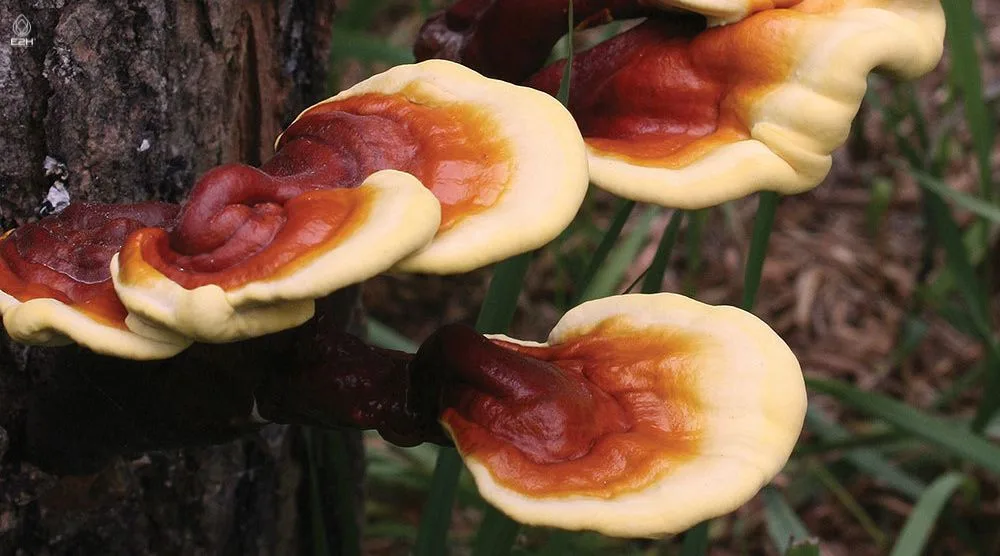
These mushrooms have also been cultivated in controlled environments for commercial purposes. The spores of harvesting Reishi mushrooms are dispersed in the wild, contributing to their natural growth.
Additionally, due to their medicinal significance, Reishi cultivation has expanded globally, allowing these mushrooms to be cultivated in various countries. Controlled conditions, including specific temperature and humidity levels, are maintained to ensure optimal growth and the production of bioactive compounds.
What medicinal properties are associated with reishi mushrooms?
- Enhancing the immune system: Reishi mushrooms impact genes and inflammation pathways in white blood cells, crucial for battling infections and cancer.
- Cancer-fighting properties: Reishi mushrooms possess antioxidant and anti-tumor attributes, inhibiting cancer cell growth and spread. They might enhance the effectiveness of chemotherapy and radiation therapy.
- Alleviating fatigue and depression: Reishi mushrooms can enhance well-being for those with neurasthenia, characterized by chronic fatigue and irritability. They may also reduce stress levels and improve mood.
- Regulating blood pressure and cholesterol: Reishi mushrooms contribute to the regulation of blood pressure, promoting cardiovascular health.
Is it possible to cultivate specific Reishi species at home or in a garden?
Yes, it is indeed possible to cultivate specific, Reishi mushrooms mature other species at home or in a garden. Cultivating Reishi mushrooms typically involves obtaining Reishi spores or a mycelium culture and inoculating a substrate, often a mixture of wood chips and grain.
This substrate provides the nutrients necessary for the mushrooms to grow. Controlled conditions, including humidity and temperature, are essential for successful cultivation foraging reishi mushrooms. Home cultivation kits are available, simplifying the process for enthusiasts.
With proper care and attention to environmental factors, individuals can enjoy the benefits of cultivating Reishi mushrooms in the convenience of their own homes or gardens.
How to store and preserve chopped reishi mushrooms for longer periods of time?
To store and preserve chopped Reishi mushrooms for extended periods:
- Refrigeration: Place chopped Reishi in an airtight container or sealed plastic bag, removing excess air. Store in the refrigerator to slow down oxidation and microbial growth.
- Freezing: Spread chopped Reishi on a tray, ensuring they don’t touch. Once frozen, transfer to a sealed bag or container. This method preserves texture and flavor but may alter the color.
- Dehydration: Use a dehydrator or oven on low heat to remove moisture from chopped Reishi. Once fully dried, store in airtight containers. Rehydrate before use.
- Vacuum Sealing: Vacuum-seal chopped Reishi to eliminate air, preventing oxidation and freezer burn. This method is effective for longer-term storage.
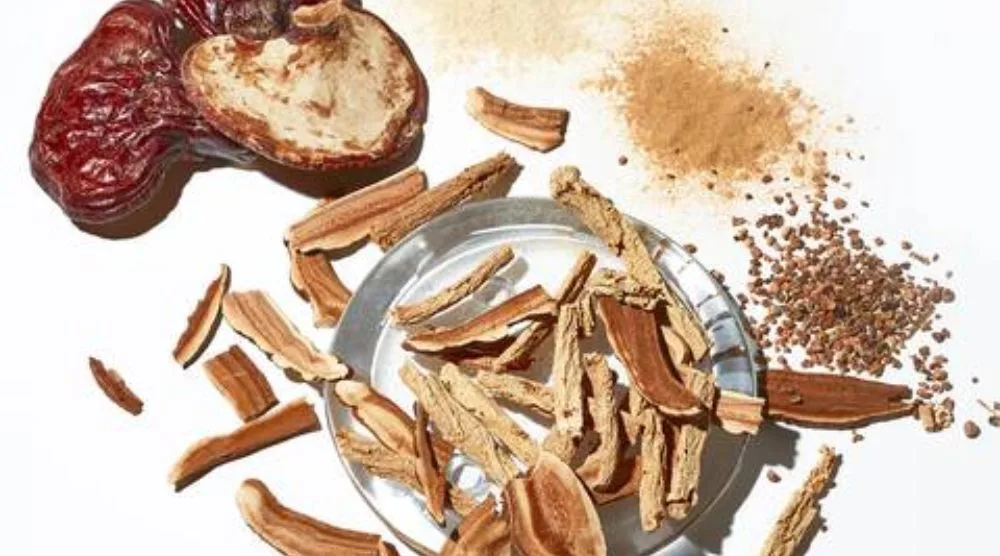
How can one create their own tea, tincture, or extract using fresh or dried reishi mushrooms?
Creating Reishi tea, tincture, or extract from fresh or dried mushrooms involves a simple process. To make tea, simmer sliced Reishi in hot water for about an hour, allowing the beneficial compounds to infuse. For a tincture, combine finely chopped Reishi with alcohol, letting it steep for several weeks before straining.
An extract can be crafted by soaking dried whole Reishi capsules in hot water or alcohol for an extended period. These methods harness Reishi’s bioactive compounds, including polysaccharides and triterpenes. The resulting concoctions offer a convenient way to incorporate Reishi’s potential health benefits into daily routines, promoting overall well-being and immune support.
FAQs For ‘How To Identify Reishi Mushroom?’
How can I identify where Reishi mushrooms grow in the wild?
Look for a distinctive kidney-shaped cap with a shiny, varnish-like surface, often red. The white pore surface underneath and growth on dead or dying trees are key identifiers.
Are there similar-looking mushrooms that I might mistake for Reishi?
Yes, some tree species’ of reishi like Ganoderma tsugae share similarities. Pay attention to the specific features of Reishi, such as the red cap and growth on coniferous trees, to differentiate.
Can Reishi grow on any type same species of tree?
Reishi commonly grows on dead or dying eastern hemlock trees, as well as other conifers like firs and spruces. Check for woodpecker activity on trees as a clue.
What season is best for finding Reishi mushrooms in the wild mushrooms?
Late summer to autumn is optimal. Young specimens may take several weeks to reach full size, so patience during this period is crucial for successful identification.
Can I rely solely on color for Reishi identification?
While the classic red Reishi is common, variations of different reishi species exist in colors like blue, purple, white, or yellow. Consider additional features such as shape and growth pattern for accurate identification.
Conclusion
Identifying Reishi mushrooms involves keen observation of distinctive features its red, kidney-shaped cap and growth on conifers. Stay patient during late summer to autumn for optimal spotting. Remember, it’s not just about color; consider shape and habitat. Embrace the journey of learning about these powerful fungi, enhancing your appreciation for nature’s wonders. Happy mushroom spotting!
